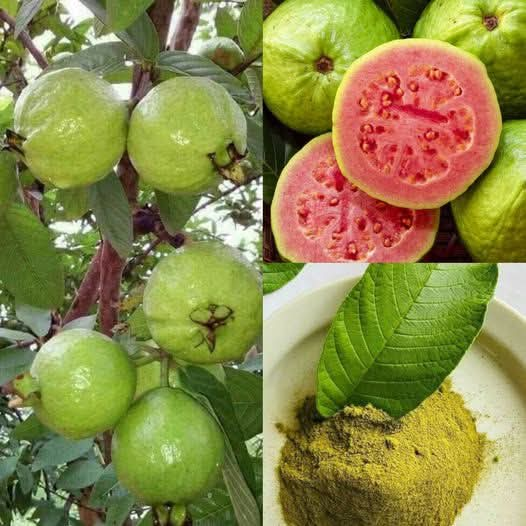ADVERTISEMENT
To Next Page Or Open button (>) and don’t forget to SHARE with your Facebook friends
### 2. **Avoid Overripe Guava**
Guava can ripen quickly, but leaving it too long can result in mushy, overly sweet fruit with a fermented taste. While slightly ripe guavas are perfect for making jams, smoothies, and desserts, overly ripe ones may have an off-putting odor and lose their characteristic fresh flavor.
**What to do instead**: Check for ripeness by gently pressing the guava. A ripe guava will yield slightly to pressure but should still have some firmness. If it’s too soft or has dark spots, it’s probably overripe. If you have an overripe guava, you can still salvage it by using it in cooked dishes like guava sauces, jams, or baking.
### 3. **Don’t Use Unripe Guava for Juices or Smoothies**
Unripe guavas, though still edible, are much harder, more tart, and have a significantly different taste than ripe guavas. Using unripe guava in juices or smoothies can make your drink too sour and unpleasant. The texture can also be quite fibrous, making it difficult to blend smoothly.
**What to do instead**: If you’re planning to use guava in a juice or smoothie, wait until the fruit is fully ripe. The fruit should be sweet, juicy, and easy to blend into a smooth texture. If you can’t wait for your guava to ripen, you can speed up the process by placing it in a paper bag with an apple or banana, which releases ethylene gas and helps the guava ripen faster.
### 4. **Don’t Overload Your Recipe with Guava**
Guava has a strong, distinct flavor that can easily overpower other ingredients if used excessively. While guava is delicious, it’s best to use it in moderation to balance out the other flavors in your recipe. Overusing guava can result in an overly sweet or tart dish, especially if you’re making a savory recipe.
**What to do instead**: When using guava in your recipes—whether in desserts, sauces, or savory dishes—be sure to balance the amount of guava with other ingredients. For instance, if you’re adding guava to a salad, a small slice or a few spoonfuls of guava paste can provide just the right amount of sweetness and flavor without taking over the dish.
### 5. **Don’t Discard the Seeds Without Thinking**
Guava seeds are often discarded without a second thought, but many people don’t realize that guava seeds are edible and offer a crunchy, nutty texture. In some cases, people avoid eating them due to their hardness or because they’re not familiar with how to handle them.
**What to do instead**: While you may prefer to strain the seeds out when making guava juice or smoothes, you can eat the seeds in moderation when consuming fresh guava. If you’re making guava jam or cooking the fruit, the seeds can be easily removed without wasting much of the fruit. However, if you find the seeds too hard or unpleasant to eat, you can strain them out for a smoother texture.
—
### Conclusion: Enjoy Guava the Right Way!
Guava is a versatile and delicious fruit, but like any ingredient, it’s important to know how to handle it correctly to make the most of its sweet and tangy flavor. By avoiding these common mistakes, you can enjoy guava at its best—whether you’re eating it fresh, making a smoothie, or cooking up a savory or sweet dish. Keep in mind the tips above, and you’ll be sure to bring out the full potential of this tropical gem!
So, the next time you pick up some guava, remember: don’t peel it if you don’t need to, avoid using overripe or unripe guava, and make sure to use it in moderation to get the perfect flavor balance. Enjoy this tropical fruit the right way and get ready for the rave reviews!
